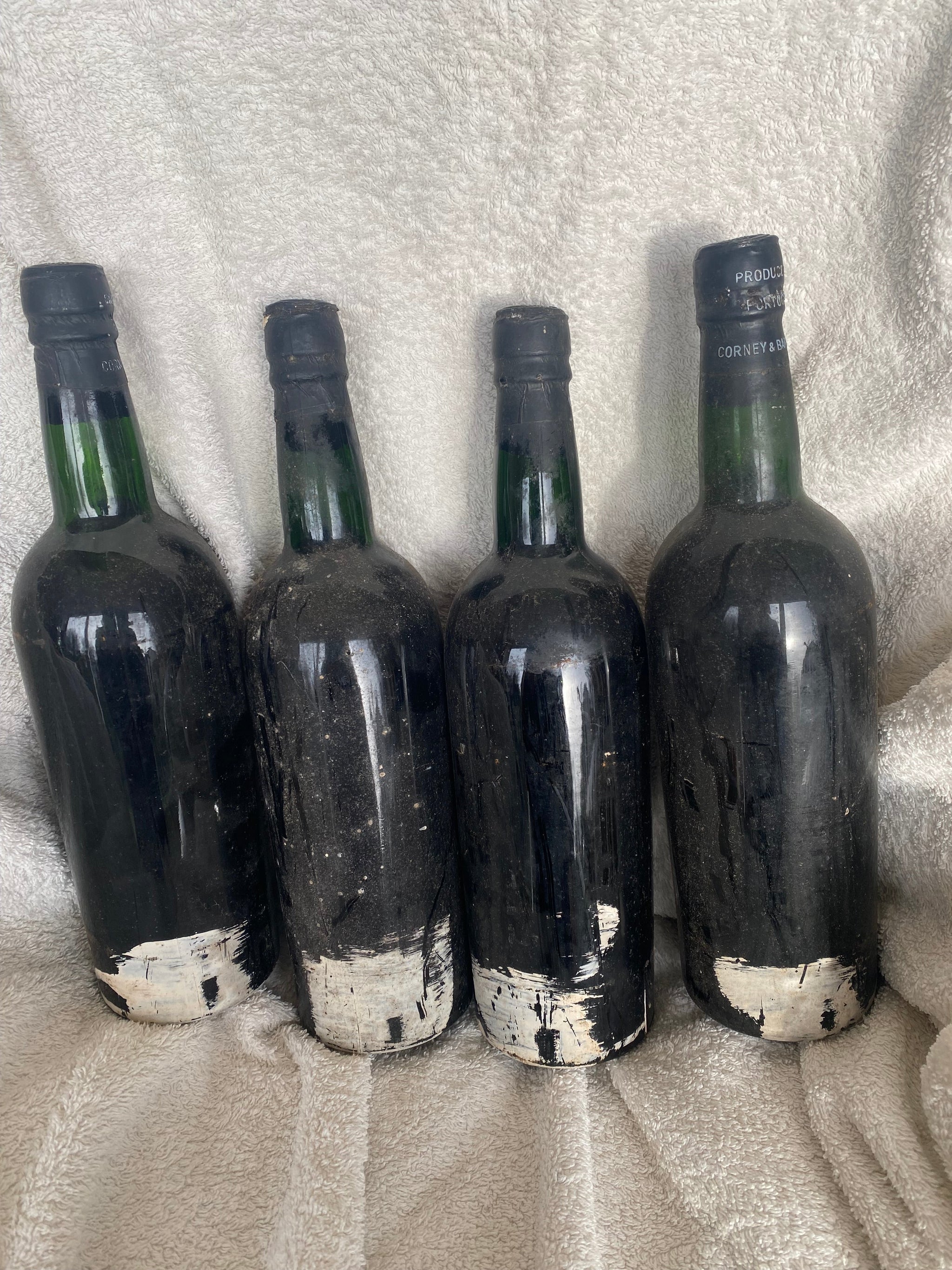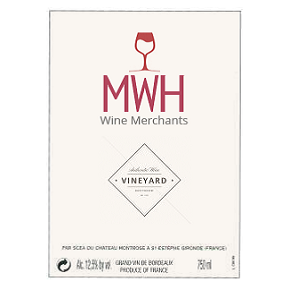Fine wine investment continues to be a darling of the investment world. Demand for the world’s finest and rarest – the likes of Lafite, Latour, Krug, Masseto, and Petrus– has been soaring in recent years and the market is continuing to rise. Liv-Ex recently reported that wine not only out-performed the stock market in 2021, but that it is now a better investment than gold. The Liv-ex Fine Wine 100 index rose 20.83% compared to 9.54% for the FTSE index, 14.43% for the Dow Jones, and a -3.82% fall in the gold market.
Wine becoming a better investment than gold is quite a milestone. Since 2004 gold has outpaced inflation and has also been viewed as a safe haven for investors. The gold market has always had a level of volatility associated with it, however. If inflation numbers rise so does interest in gold. Equally when other markets are offering better returns, the gold price tends to fall.
Wine on the other hand, has shown a more stable trajectory in terms of price rises. While many in the trade will recall the pain of the ‘collapse’ of the Lafite market in 2008/9 in the wake of the financial crisis and the apparent ending of China’s love affair with this particular First Growth, the market has recovered. In 2008 a bottle of Lafte’s 100-point 1996 was trading for around £1,000 a bottle. By 2015 you could buy the same wine for £600 a bottle. Today the average price on wine-searcher is £1,150.
So, why is the wine investment market continuing to rise, and are we set to see another 2008-style fall? Let’s look at the evidence.
Burgundy Bonanza
One of the most striking things about the rising market tide has been how it’s been driven not just by Bordeaux, but by Burgundy. While the wines from Domaine de la Romanee Conti (DRC) have always been highly sought-after (and eye-wateringly expensive), other domaines have now seen their values soar. Rousseau, Leroy, Dujac, Meo Camuzet, Leflaive, and other top producers have caught investors’ attention at the expense of Bordeaux. Burgundy prices are breaking all records and new players are entering the market. A year ago, for example, you could buy the boutique Domaine Jean Yes Bizot’s Echezeaux 2015 for around £2,000 a bottle. Today it will cost you closer to £8,000.
There is a set of criteria that any wine needs to fulfil if it’s to join the ranks of the investment class. These are:
- Rarity
- Excellence – both in individual vintages and over time
- Brand reputation
- Drinkability
Burgundy meets all of these. Production is tiny – there’s typically no more than 500 cases of Romanee Conti produced in a year, its enjoyed soaring critic scores from a run of impressive vintages, producers such as DRC, Leroy, and Rousseau, and Leflaive enjoy almost mythical status, and the wines can be broached young. While many Burgundy lovers would cringe at the idea of opening a 2015 or 2016 Grand Cru now, doing so does provide a level of enjoyment, albeit nothing quite as spectacular as one would expect a decade from now. Try opening an equivalently priced, equivalently young Bordeaux – say a Petrus or a Latour – and even the most robust of palates will struggle to access the sleeping beauty that lies behind the walls of tannin.
Buyers are flocking to Burgundy in increasing numbers, and with the 2021 vintage being tiny – even by the region’s standards – finding wines is going to be harder and probably even more expensive.
‘New’ Investment Wines
Another interesting development in the wine investment market has been increased diversity. Wines such as Masseto, Grange, Chave’s Hermitage, and Krug have all become wines that investors want in their portfolio. Vintage champagne in particular has seen spectacular gains. Last year MWH Wine was offering Krug 1990 for £600 a bottle. Today you’d be lucky to find a bottle for under £900. Other wines such as Cristal, Jacques Selosse, and Salon have seen equally impressive rises. Salon 2002 has jumped by 80% to over £10,000 a case. Champagne’s charge has been, in-part, driven by it being exempt from Trump’s tariffs and as many exceptional vintages have opened their drinking windows. The 2002 Salon is a good example of this. Always a wine that demands patience, at 20 years of age, the Salon 2002 is finally revealing its multi-layered majesty. The Krug 1990, 1989, and, to a lesser extent, 1988, are in similar positions.
Inflation and Low Interest Rates
The real world obviously has an impact on the rarefied world of fine wine. Low interest rates have forced savers to look elsewhere for returns and allowed speculators to borrow to invest. Rising inflation rates have added impetus to the market, a pressure that shows no sign of abating this year as we continue to deal with the supply chain issues of the pandemic.
The Collapse of Crypto Currencies
There’s been a slew of fresh investment money coming from those who’ve exited the crypto currency world. According to Cyrpto.co, Bitcoin fell to below $20,000 on June 18th – a 50% drop on a year ago. China’s clampdown on crypto currencies, Elon Musk’s sell-off, and continuing concerns over security have seen the bull market turn bear in a matter of months, and investors are turning to tangible assets such as wine.
The Rare Becoming Rarer
One of the things that attracts buyers to wine as an investment is that it’s limited availability and that supplies decline on a daily basis. From Quinta do Noval Nacional 1963 to Latour 1961, even wines that costs thousands a bottle are regularly opened and consumed. These aren’t replaceable, and once they are gone, they are gone forever. Over the past few years we’ve noticed how much harder it’s become to find wines from once plentiful years and producers. In terms of Bordeaux, wines from 1982, 1986, 1989, 1990, 1995, and 2000 have all become far rarer as stocks dwindle. Mouton Rothschild 2000, a wine we have bought and sold regularly since its release for around £6-£7,000 a case is now around £25,000. This is another example of a wine whose price has soared as its drinking window opened.
What Next For Wine Investment?
While we are not financial advisors, we’d suggest the following maybe likely to happen in 2022-2023:
- There will possibly be a buying frenzy for the 2020 Burgundies when they become physical. The wines are exceptional, and with 2021 rain-affected and tiny, many will look to buy.
- More wines will likely join the investment grade elite. Top Rhônes, the rarest of Californian wines – think the likes of Hundred Acre’s Wraith – top small Champagne houses such as Jacquesson, and Spain’s wine elite – especially from Priorat and Ribera del Duero – could see a surge in price.
- Bordeaux will likely bounce back. It’s fallen to just 39% of Liv-Ex trades, but as Charles Curtis MW noted recently, it still offers value for collectors. A strong 2022 campaign will revive interest – we just need a good year after the lacklustre 2021 which came to a market swollen with recent great vintages.
- The breakneck growth In Burgundy will probably slow, but still grow. Prices are hysterically high for the super-premium domaines, and while we don’t see a fall ahead, we do see things slowing if wines aren't to become completely unaffordable.
- Covid and inflation – a resurgent Covid-19 could cause market disruption. Inflation and rising interest rates could reduce disposable and investable incomes. Again, we see this as slowing growth, not stymying it.
- China’s internal volatility could drive more heavyweight investors and collectors to invest in overseas tangible assets such as wine. Fears around crypto currencies, the domestic property market, and an industrial slow-down have seen many increase their wine holdings, and this is likely to continue.
- Fraud will become more of an issue. Counterfeit wines are everywhere and buyers need to beware. At present collectors seem either unaware or indifferent to the problem, but its growing and it makes buying reputable sources even more important.
Wine Investment: The New Gold Standard?
For all the talk of inflation and recession, the wine market has remained in rude health. The outlook so far looks good, but the buyers seeking returns will need to diversify, stick to the top producers and be willing to play the long game as with any investment...the value of your investments can go up as well as down.
Like Some Fine Wine Help?
We hope you’ve found this blog on wine investment in 2022 to be of interest, if you would like some wine advice then please do get in touch by calling Mike on 0118 984 4654 or by emailing MWH Wines here. A recognised authority on wine, he’ll be happy to advise you on which wine is right for you.

